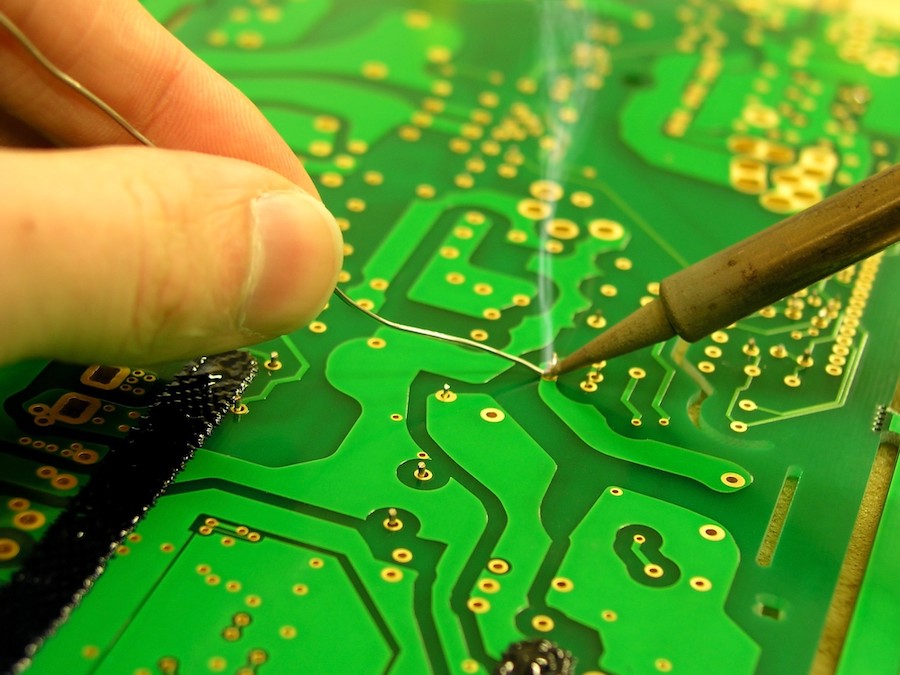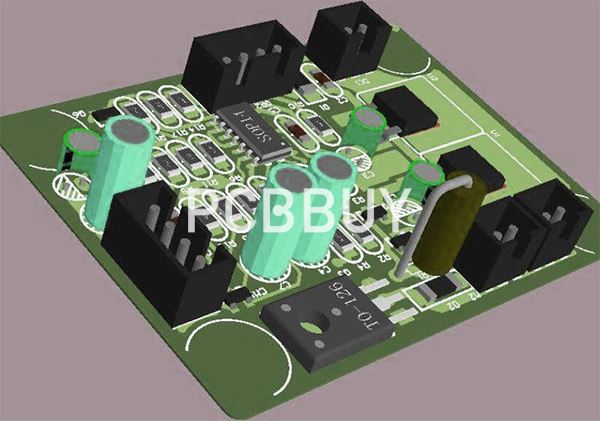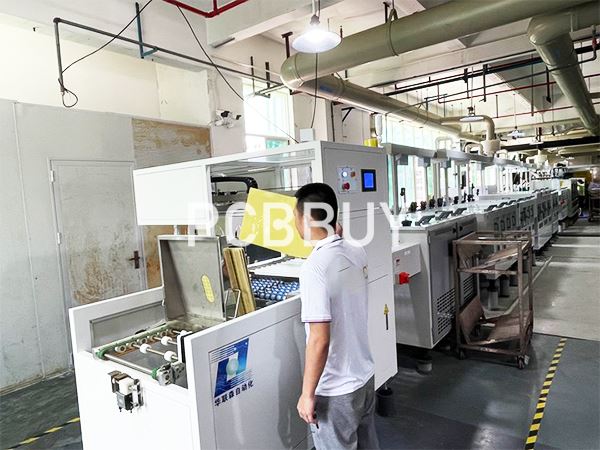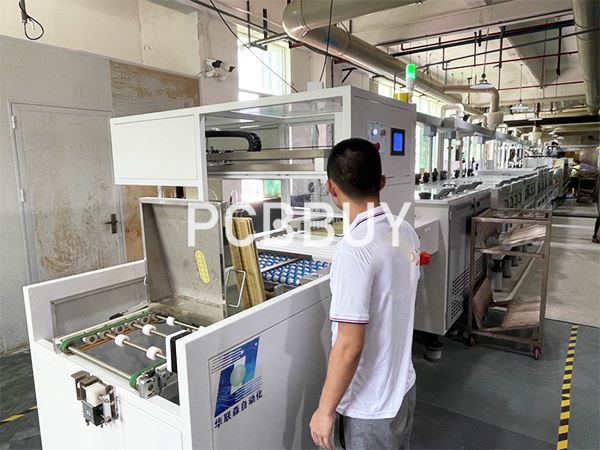What causes PCB failure?
By:PCBBUY 05/27/2021 17:56

PCB works for all the electronic equipments in our daily life and it will be extremely disruptive if one fails. Heading off failure is even more important in PCB design. It can be expensive to replace a board that breaks in the field.
PCBs fail for a litany of reasons, sometimes even before they’ve been shipped for use. By understanding the causes of PCB failure, it’s easier to prevent future failures and enjoy more productive PCB testing.
In this passage, we will get into the details about PCB board failure and please check the content and learn more knowledge about this topic.

What Are the Reasons of PCB Failure?
Preparing for failure is part of the job as an engineer. Sometimes it’s inevitable and anomalies happen, although fortunately, each instance of PCB failure can be a learning experience. It’s all part of the process. But embracing PCB product failure doesn’t mean you can’t minimize those occurrences where possible.
Manufacturing Defects
Unfortunately, this is a common reason for PCB failure and, unlike a burnt PCB—which can be seen—the issue can be harder to find and diagnose. You might have received an order with manufacturing defects, in which case, you may feel it’s not your fault. Unfortunately, customers won’t see it that way.
That’s why you should make sure you’re working with a trustworthy and vetted PCB manufacturer. Ensure the CM (contract manufacturer) isn’t using cheap parts, either. To retain integrity, see to it that all products coming out of your facility are top-quality and meet your standards throughout the process. Buyers will be judging the end result, not the effort.
Common Defects
Contamination
If the wrong substance gets into the product, problems can arise during use. It’s imperative that the items are manufactured in a clean space so nothing gets into a device that doesn’t belong.
Soldering issues and loose components
These types of defects affect the stability and security of the product. Products whose parts were not secured into place properly could fall apart in users’ hands, which won’t fare well for your reputation.
Material Degradation
While we’re talking about durability—you have to make sure your materials can hold up. Every material wears down in time, and every device eventually reaches the end of its life cycle. But materials need to start off strong so that won’t happen for a long time.

Misaligned Layers
When parts don’t fit together well, it can easily lead to PCB failure and product malfunctions—if they even function at all. To make sure products are safe, sturdy, and functional, all layers have to be fully aligned, even at the smallest level. Attention to detail is crucial in this field.
Environmental Factors
As mentioned in the previous section, any piece of foreign debris can affect the functionality of a PCB, as they are highly sensitive. To combat this, PCBs need to be handled with the utmost care in all stages of your process, from manufacturing through packing and shipping.
Temperature
While PCBs can stand up to some heat, every piece of technology has its limits—you shouldn’t leave a PCB in very cold temperatures, either. Any extreme can be damaging. Your work area should be kept at a moderate temperature so you don’t subject your materials to added stress.
Moisture
Many people already know this one, but it’s important to bring up since it can be so easy for an accident to happen.
Being ever-aware is key to warding off the possibility of a PCB failure. Ventilation can help prevent humidity in the air and banning beverages around machinery can help, too. No device should be left around liquids unless it’s specifically built to be water-resistant.
Dust and Fibers
These substances could block parts from communicating or working with other parts. Keep them out. They may be small, but they can cause quite a bit of damage if you aren’t cautious enough.
Shock
Shock absorption is not exactly a common feature in PCBs. A device that experiences too many impacts can result in often unsalvageable PCB failure.
Human Error
While this one is a less common reason for failure, since manufacturing teams are often trained, it does happen. No one is perfect, and these are complex boards with tiny components. Robots have taken over some tasks, but so many things are still handled by humans that they have to be factored into the equation. It’s important to reiterate that working with an expert PCB manufacturer can alleviate some of these issues and help with quality assurance.

As humans, we inevitably mess things up. Poor soldering, incorrect component installation, misreading schematics, problematic tracing, and a whole slew of other mishaps could happen if all workers are not on top of their game.
Bouncing Back From Failure
Failure is inevitable—but it doesn’t have to be a waste. By keeping these tips in mind, you can keep failures from wreaking havoc on your day-to-day operations and ease any issues that come up. You’ll get back on your feet quicker and move forward with new knowledge. We’re all built on failure. PCB manufacturing is no different. Failures have the potential to make you and your business stronger.
The best approach is to spot issues before they arise. Be proactive, and stay calm when you need to be reactive. By preparing properly, continuing to learn, and teaming up with an accredited PCB manufacturer, you’ll be on your way to success.
Industry Category











